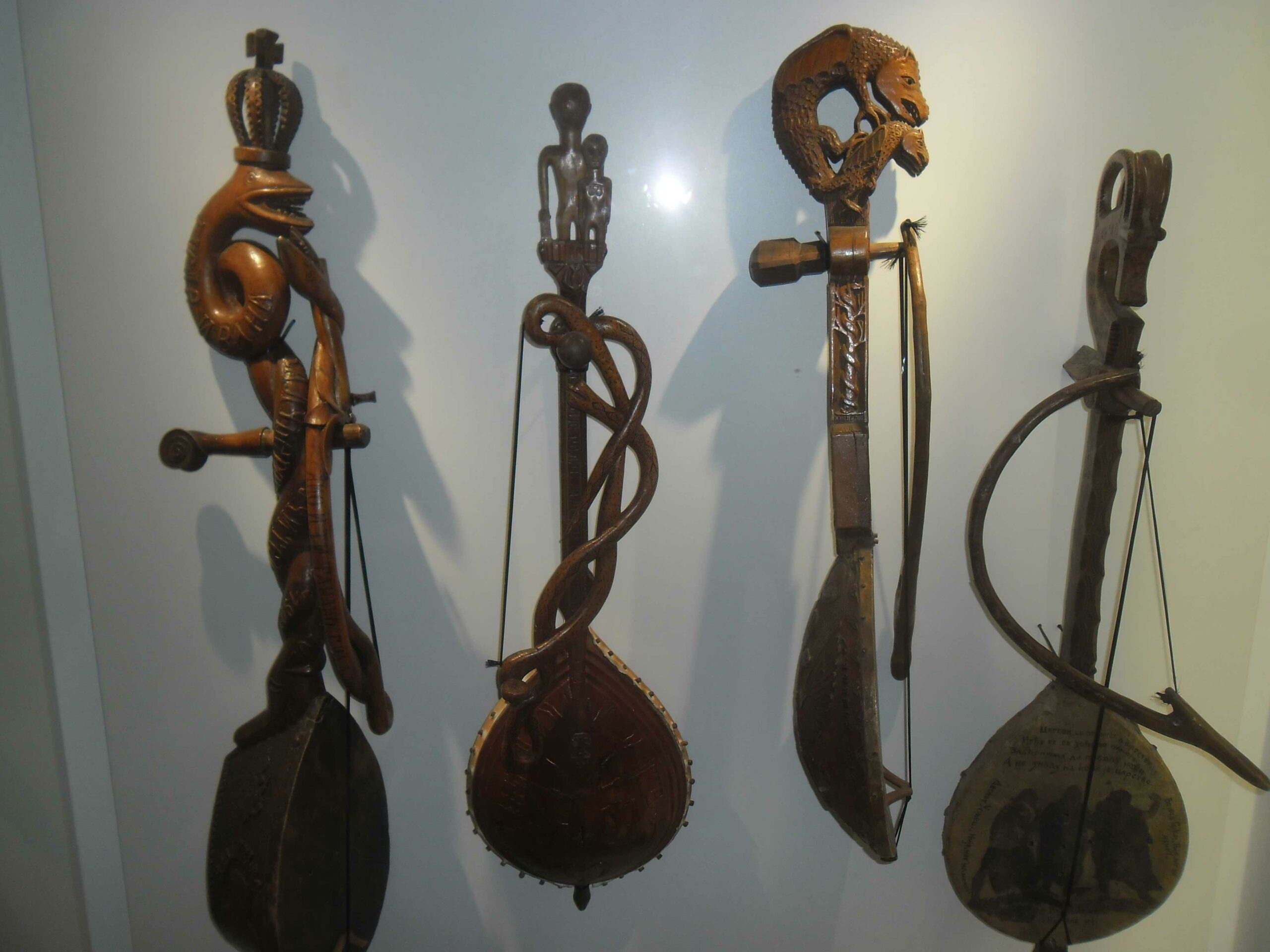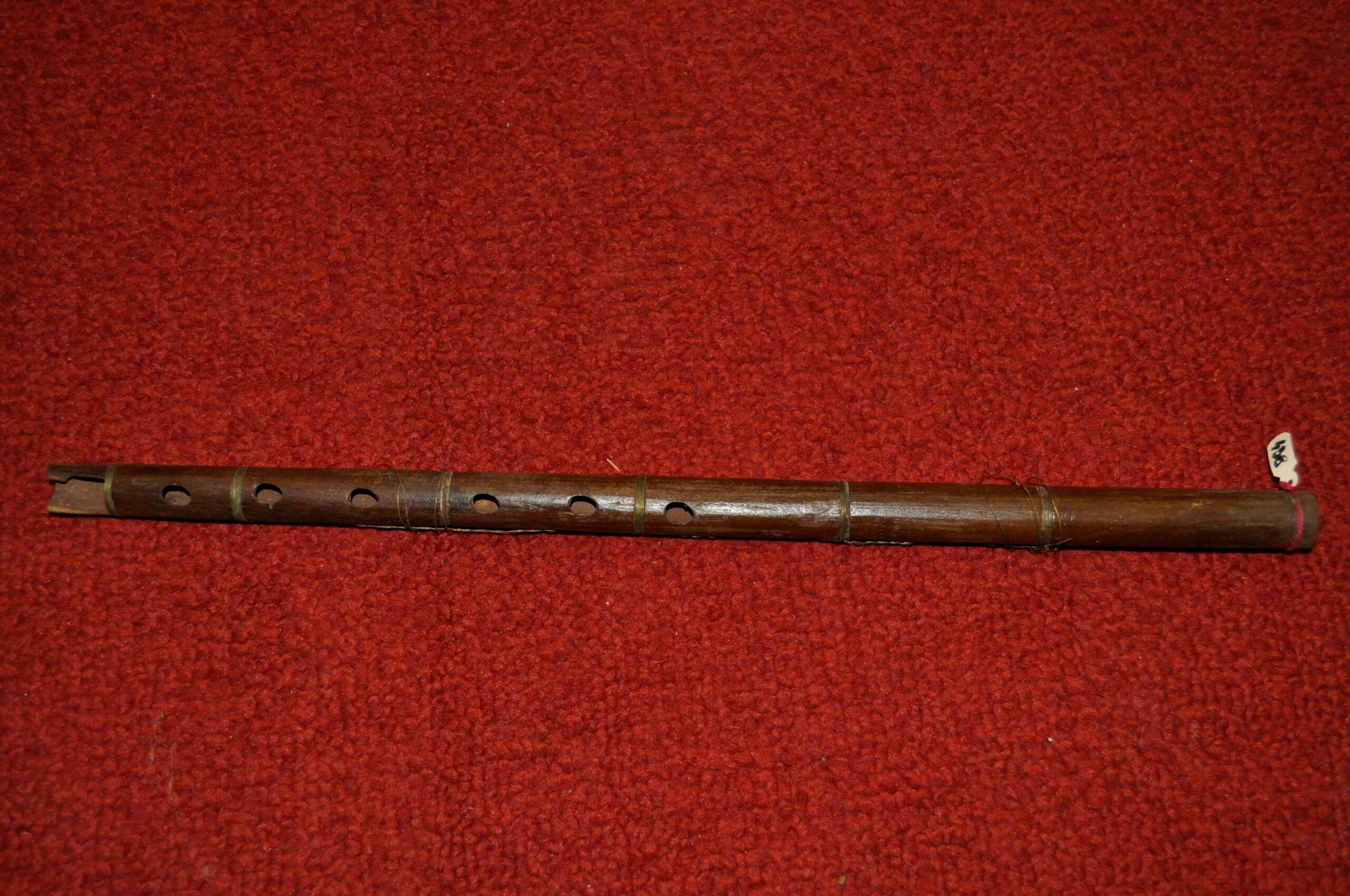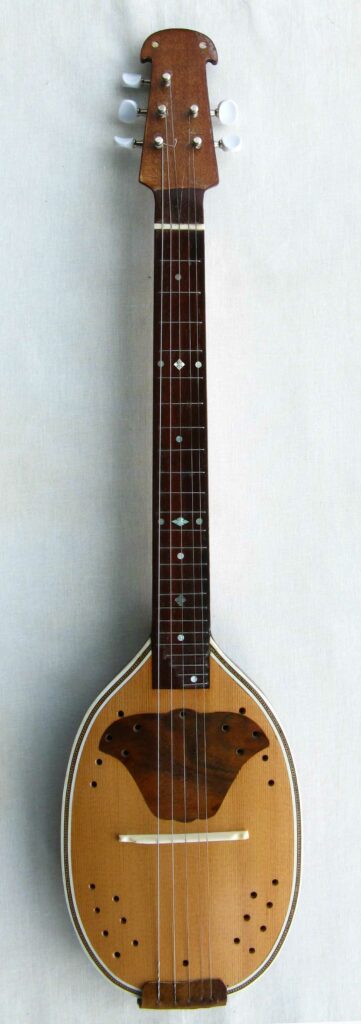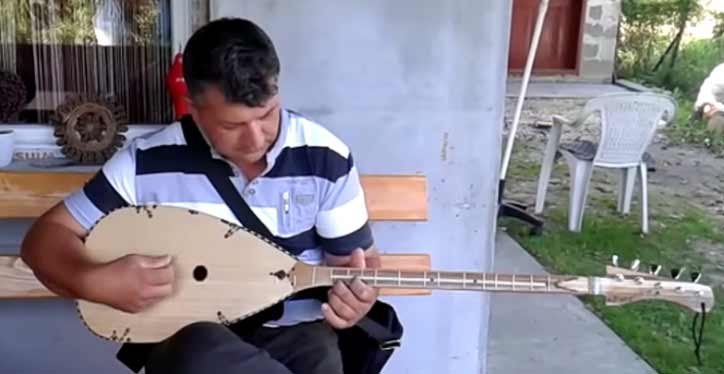Traditional Serbian music instruments
There is an old saying in these areas “Hit the care with joy”, indicating the importance of music for people here. In Serbia and in the Balkans in general, we have always loved to sing, play, dance. Nothing is different today. The song was a powerful weapon in the fight for survival, the song told stories, kept customs and traditions. The earliest written traces speak of a long musical tradition in this area, deeply rooted in ordinary songs. You can read more about the history of music in Serbia here, and in today's topic, we talk about what traditional musical instruments are in Serbia and what role they played in the development of music and cultural heritage in this area.
Musical instruments have become an important part of the tradition of the people from this area. They were created just like mussels; under the influence of various cultures whose strong influence was present on the Balkan Peninsula. The development path of every instrument known today went from the ritual phase, through the signal phase to the peak of development and the musical instrument as it looks today.
In today's blog, we will talk about typical musical instruments that are characteristic of this area.
Traditional musical instruments in Serbia - Gusle
One of the most respected and popular instruments in this area is certainly the gusle. The gusle is an indelible part of the Balkan tradition. During the Ottoman occupation of these areas, Serbs preserved their history through epic songs, reciting to the sound of the fiddle. With the help of the fiddle, the most important moments in history were sung, and the heroism of numerous heroes was remembered forever.
Gusle is usually made of maple wood and is made by guslars themselves. You do not sing or dance with the gusle. The epic that the guslar says is the most important part of the song. According to tradition, to make good fiddles, it is necessary to choose a maple branch from the sunny side of the tree. The strings used in the production are made of horsehair from the mane and tail.
The specific sound produced by pulling the bow over tight strings, as well as the semi-singing and reciting of the story that accompanies the fiddle, has been declared an intangible cultural heritage of mankind by UNESCO.

Credits: By August Dominus - Own work, CC BY-SA 4.0, https://commons.wikimedia.org/w/index.php?curid=73320800
Traditional musical instruments in Serbia – Frula (Fife)
The fife (like a flute) is another traditional instrument made of wood and is very widespread in Serbia and which at one time was the center of social life in the villages.
The flute is considered one of the oldest and most widespread instruments in the world. According to mythology, the first flute is the legacy and work of the forest deity Pan. The myth says that he made the flute from the nymph Syringa, turned into a reed. It used to be made from one piece of wood, and today from two components. It is played by blowing air through the opening at the end of the flute and with the help of the fingers of both hands (the flute has 6 openings).
Frula is very popular among the Serbian people, especially in the part of the people who were engaged in cattle breeding. Today, the sounds of the flute usually accompany the circle, although many flute players often give sermons that accompany playing.

Source: By Narodni Muzej Toplice, CC BY-SA 4.0, https://commons.wikimedia.org/w/index.php?curid=91305750
Traditional musical instruments in Serbia - Tambura
The tambura is a stringed instrument also called the tamburitza. The tambura is a very old instrument that was known during the ancient cultures of Mesopotamia and Egypt.
The tambura is made of wood, and certain types of conifers give it extremely good acoustic properties. The best instruments are made by hand.
The name tambura itself dates from the 14th century. In Serbia, she gained the greatest fame in Vojvodina, whose tamburitza orchestras became widely known.

Credits: By Outesticide - Own work, CC BY-SA 4.0, https://commons.wikimedia.org/w/index.php?curid=3971357
Traditional musical instruments in Serbia - Shargia
Shargia is a wooden string instrument like the tambura, and the Turks are responsible for its presence in this area. The name shargia itself comes from the Turkish word sarki which means east. Shargia can have from 4 to 12 wires stretched over a wooden body.
Shargia is played by twitching with the help of a special type of pick made of animal horn, which is called "terzijana". They usually play with the sound of shargia, but they also sing songs for shargia. It is very common in Kosovo and Metohija and some other parts of Serbia, just like in Macedonia.

Source: Respubliko de Gvapolando – own work, https://commons.wikimedia.org/w/index.php?curid=55086777
Traditional musical instruments in Serbia - Trumpet
Although it arrived in our region only in the 19th century, the trumpet is considered a traditional instrument. The trumpet is an aerophore, brass, wind instrument. Soldiers, former military trumpeters, are responsible for the appearance of the trumpet in this area.
After the Second World War, this instrument gained increasing popularity in this area. The cities of Uzice, Cacak, Zajecar, Vranje, and Leskovac have a special place in the development of the trumpet in Serbia. The sound of the trumpet became known over time that the Dragačevo Trumpet Festival in Guča became one of the most popular and most recognized trumpet festivals in the world.

Source: PJ, background cropped by EWikist - File:Trumpet 1.jpg, CC BY-SA 3.0, https://commons.wikimedia.org/w/index.php?curid=11341734










